Different Types of Lesions in the Mouth
Basically a lesion is region the body that has suffered damage from an injury or disease, such as a wound, ulcer, abscess, or tumour.
Let’s look at the mouth.
Dental caries or decay is a lesion where bacteria have damaged the tooth.
Periodontal disease or gum disease through bacteria adhering to the tooth and root surface causing destruction of the bone and ligament.
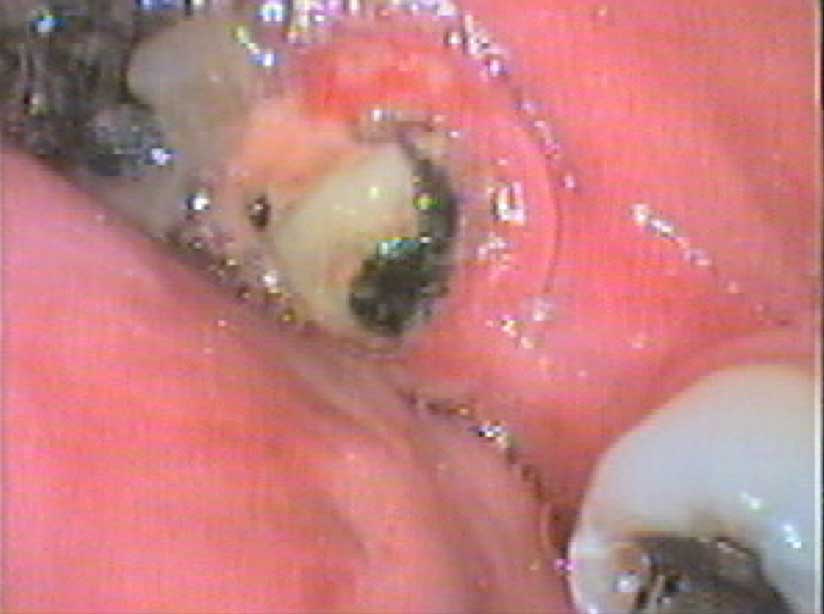
Trauma to teeth can cause teeth to crack and break. Trauma to the jaws can also cause the bone to fracture.
Wounds to soft tissue such as the tongue, cheek, throat, palate, lip, muscles can be caused by the lesions of the hard tissue like the teeth and roots.
Sometimes whole teeth are knocked out (or avulsed) leaving a socket wound. In the right conditions the tooth may be able to be placed back.
Removal of teeth also leave a socket wound. Sometimes this wound does not heal and a dry socket occurs and needs further treatment. This condition can be brought on by bone medication such as Fosamax.
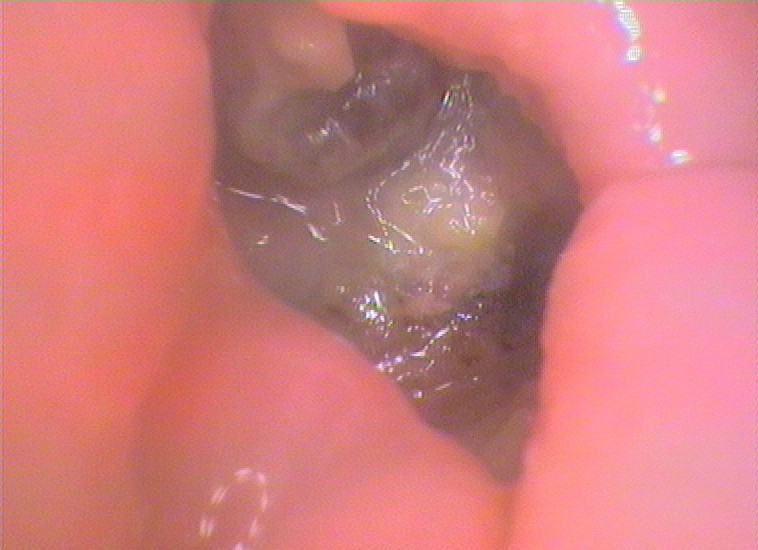
Ulcers are lesions where the surface of the skin or gums is lost exposing the connective tissue layer underneath.
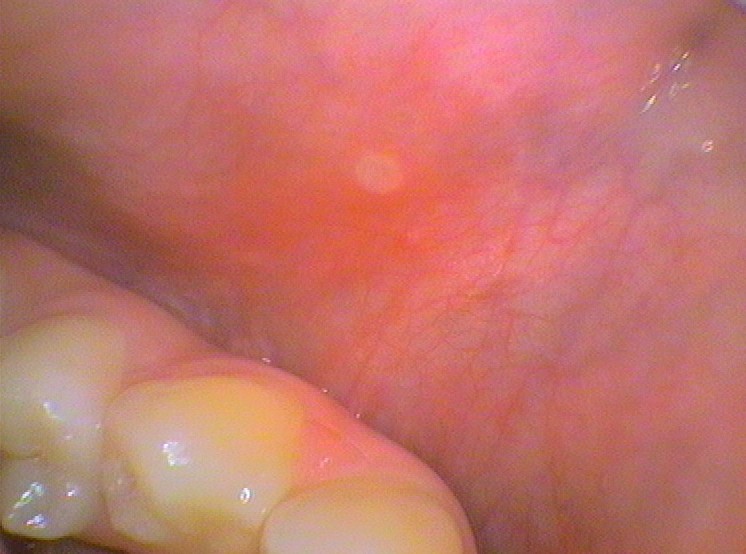
Erosion lesions are where some of the surface layer of the tissue has been lost without exposing the next layer of the body. This even occurs in teeth where gastric reflux causes acid erosion of the surface of the teeth.
Abscesses commonly occur at the ends of the roots, the gums, jaw bone and gums around impacted teeth.
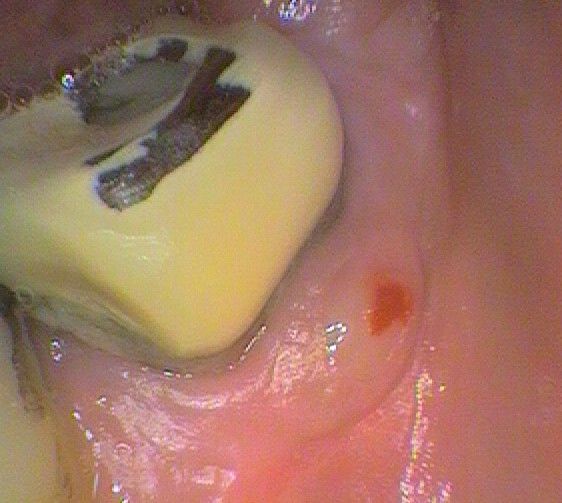
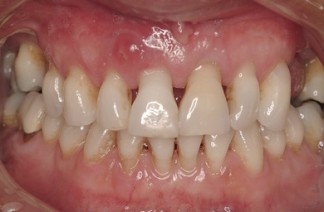
Colour changes in the tissues are lesions as well. They can indicate and underlying problem. White patches, called leukoplakia can indicate thickening of the gums or soft tissue layer due to trauma such as cheek biting, irritations or even cancer.

Tumours are simply abnormal growth of tissue due to trauma, irritations, medication (e.g. for epilepsy), hormones such as in pregnancy, benign or cancerous tumours.
Need an Appointment?
If you’d like to book an appointment with the dentist at Seymour Dental then call us in Dulwich Hill, Sydney on (02) 9564 2397 or
contact us
Next week
The defences of the mouth